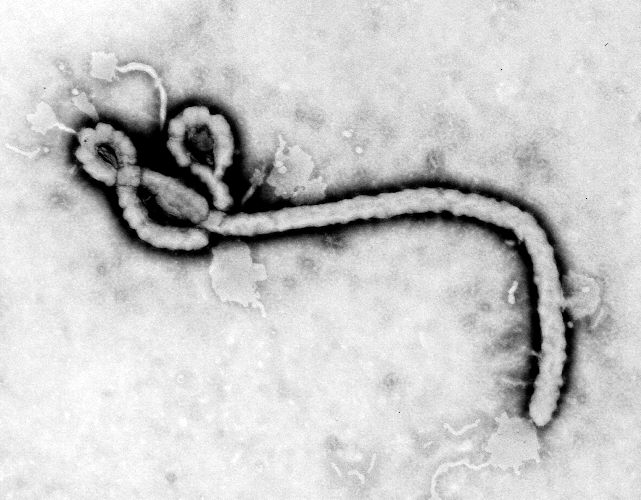Ebola Epidemic Continues in Africa, Despite Progress in Some Places

The Ebola epidemic in West Africa has undergone a dramatic change in the past several months, U.S. health officials said today (Dec. 22).
There has been "real progress" in the fight against the deadly viral disease, but eliminating Ebola will require much more work, Dr. Tom Frieden, director of the Centers for Disease Control and Prevention, told reporters.
"The response is inspiring, but the challenges are sobering," said Frieden, who just returned from a trip to the region of West Africa affected by the outbreak.
In Guinea, officials with Doctors Without Borders said they'd seen "the scariest thing I've heard," Frieden said: For the first time since the outbreak began, there were not enough beds for sick patients in treatment centers in the capital city of Conakry. [Where Did Ebola Come From?]
And in Sierra Leone, at least 10 people die every day in their communities, rather than in treatment centers, Frieden said. The number of people dying in communities is important because those deaths indicate the region faces a greater risk that the disease will spread to others, compared with places where most deaths occur in treatment centers.
Of the three countries hit hardest by the outbreak — Sierra Leone, Guinea and Liberia — Sierra Leone now has the most cases of Ebola, he said. However, in the country's capital city Freetown, there is now an "impressive" command center that is staffed by about 100 people, Frieden said. If the outbreak in Freetown proceeds similarly to how it did in Liberia's capital city of Monrovia, then within the next few weeks, there should be a significant decrease in cases, he said.
Of the three countries, the most hopeful situation is that of Liberia, Frieden said. The number of cases there has decreased quickly, and the country's Ebola treatment center is well run, and has only a handful of patients. Moreover, there are now fewer deaths in places where people previously had been barely able to keep up with the number of dead who needed to be buried, he said.
Get the world’s most fascinating discoveries delivered straight to your inbox.
There have been more than 19,000 cases of Ebola since the outbreak began during the early part of 2014, and about 7,400 people have died of the disease, according to the latest numbers from the CDC.
In order to stop the outbreak, officials need to halt the exponential growth of cases, and trace all of the people who were in contact with sick individuals so that health care workers can follow up with them. Moreover, officials need to strengthen the capacity of health care systems in areas that are now Ebola-free, so that in any cases that develop, ill people can be isolated and cared for promptly, he said.
Follow Live Science @livescience, Facebook & Google+. Originally published on Live Science.



